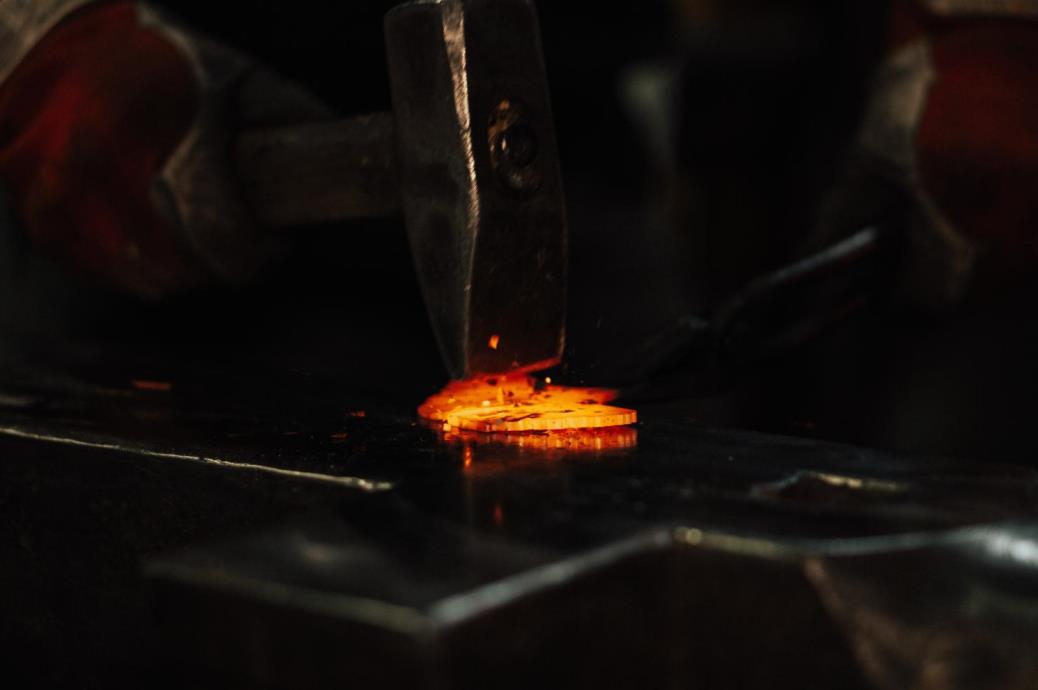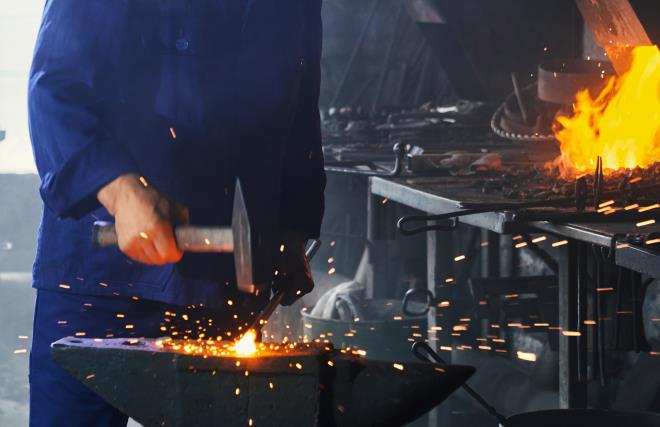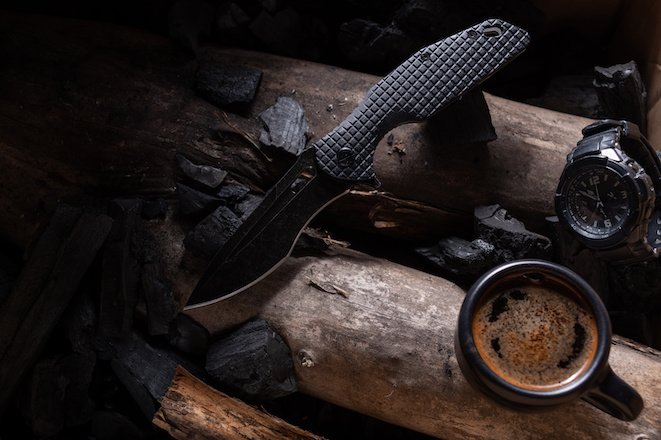154CM is a knife steel manufactured by Crucible Industries, based in New York, US. Knifemakers adopted 154CM steel as a material to forge blades for its balanced properties.
154CM knife steel is basically a modified version of the 440C steel. The disparity is the added molybdenum. It’s harder than 440C, has better edge retention, and improved hardenability.
This knife steel has adequate edge retention and hardness. It achieves these by not sacrificing as much from toughness or corrosion resistance. It’s one of the go-to steels for knifemakers to make all kinds of knives for both kitchen and outdoor use.
This guide about 154CM will help you determine if it makes good material for the blades you’re planning to sell, cover its properties, and compare it with similar knife steel.
154CM steel composition
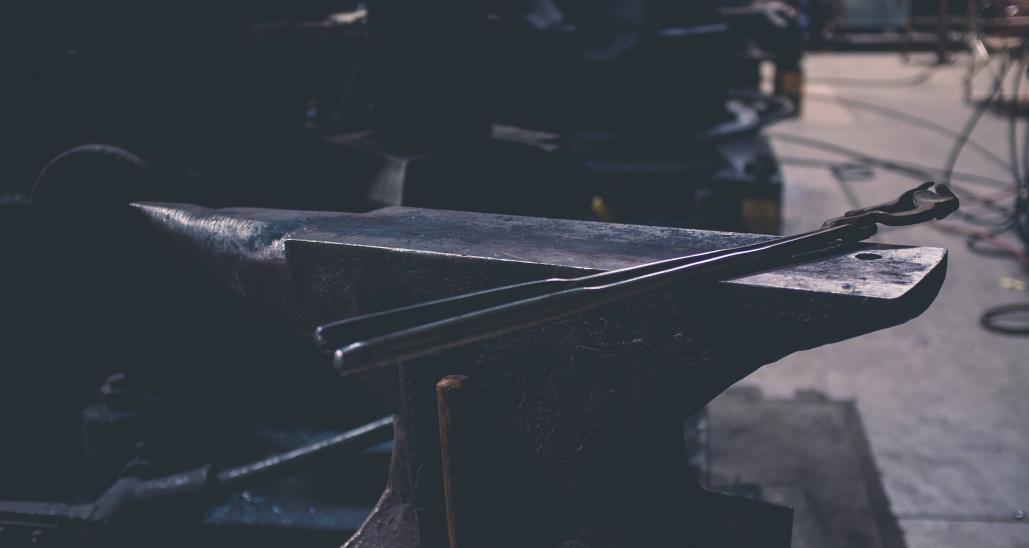
- Carbon (C): 1.05%
- Chromium (Cr): 14.00%
- Molybdenum (Mb): 4.00%
In addition to the above, 154CM steel has phosphorus and sulfur traces as impurities. It has a simple yet effective chemical composition that’s ideal for knifemaking.
154CM steel properties
Although a metallurgist can tell a lot about steel’s properties just by looking at its chemical makeup, you don’t need to be one to know. Here are the properties of 154CM steel to shape an idea of what kind of traits it would give to a knife.
Hardness
According to Crucible Industries, 154CM can reach up to 64 HRc hardness. When tempered to reduce excess hardness to make the steel tougher, its optimal level is between 55 and 62 HRc. As a knife material, however, the most popular range is 60 and 62 HRc.
Since it’s high carbon stainless steel, it’s not surprising how hard 154CM can get. This rate of hardness affects many of its properties.
Buy Wholesale Knives and Start Scaling up with Us Today
Contact us and connect with a sales rep to get a free quote.
Edge retention
The hardness can tell a lot about a steel’s ability to keep a fine edge. Its edge retention is one of 154CM steel’s strongest. At 60 to 62 HRc on the Rockwell hardness scale, we can expect satisfying edge retention from 154CM steel.
An average user can easily go months without needing to bring up their whetstone. There is knife steel unquestionably with better edge retention, but they usually have a higher price tag. 154CM is favorable with its edge retention and affordable price, which also reflects on the customers.
Wear resistance
A part of the reason why 154CM can hold a fine edge for long durations is how wear-resistant it is. It loses 49 mg of total mass following the pin abrasion test. Compared to 440C, it’s 5 to 15 percent less, making it resist material loss better.
This level of wear resistance shows us that 154CM won’t reveal scratches and other marks fast. It will ensure a smooth, shiny blade for considerable durations.
Toughness
We’ve said that 154CM has good edge retention and wear resistance. These make it evident to anyone with a bit of steel knowledge that toughness will be slightly behind. Still, it’s adequate for general use. Your customers shouldn’t have anything to worry about unless they plan on cutting dense objects or foods continuously.
Among similar knife steels, its level of toughness is a tad bit lower than D2 and 440C. Incorrect heat treating methods can make 154CM quite brittle. It’s vital to know the 154CM steel knives you’re getting are made by experienced artisans. Otherwise, you will end up delivering fragile blades to your customers.
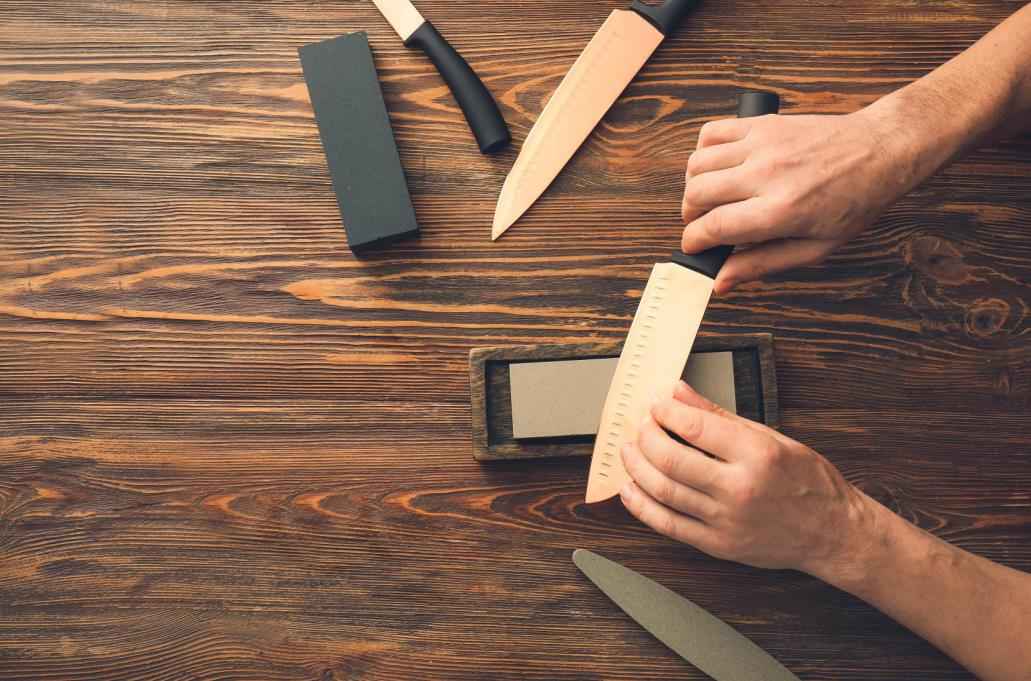
The same as hardness and wear resistance working against toughness, it has the same effect on sharpening. We sharpen knives by removing material from the edge. Steel with wear resistance fights against this, making it more challenging.
Since 154CM has proper wear resistance, it will give the easiest time using a coarser whetstone than usual. Giving a refined edge to a 154CM steel knife can take some elbow grease, but it’s certainly not as challenging as ZDP-189 or S110V.
Corrosion resistance
154CM is a stainless steel that wouldn’t rust or oxidize quickly. Its corrosion resistance is another reason this steel is highly regarded as a knife material. Despite this, beginner knifemakers can impact this negatively when tempering.
154CM knife steel is double tempered. If tempered under undesirable temperature ranges for this steel, it will lead to a drop in corrosion resistance. This issue isn’t unique to 154CM but any other martensitic steel. Again, it’s essential for businesses to know the knives they are ordering are made by skilled craftspeople.
154CM vs. CPM S30V
Both of these steels are produced by the same company. CPM 154 outperforms 154CM in many areas. Furthermore, it’s better than the powder metallurgy version of 154CM, CPM 154 steel. CPM S30V has better toughness, edge retention, and sharpness.
The only aspect 154CM beats CPM S30V is the ease of sharpening and cost.
154CM vs. AUS-8
AUS-8 is Japanese steel, widely used across many different kitchen cutlery. When compared, 154CM performs better and lacks in various aspects. AUS-8 is sharper but can’t keep it as long as 154CM. Yet, it’s easier to sharpen due to the fewer chromium carbides in AUS-8.
The chromium carbides in 154CM negatively impact sharpening ease, but it helps it keep a sharp edge for longer. While CPM S30V is better steel overall, a similar conclusion isn’t there for 154CM and AUS-8. It essentially comes down to user preferences.
AUS-8 is more for people that favor sharpness but don’t mind sharpening as often. 154CM is better for users that want a consistent sharpness that doesn’t need a razor-sharp edge.
154CM vs. 440C
As mentioned, 154CM is a modified version of the 440C. The primary difference between the two is the added molybdenum. The 4 percent of this alloy increases 154CM steel’s wear resistance, hot hardness, and ability to keep rust at bay.
440C steel is easier to forge for knifemakers, which positively influences the pricing of the knives. 154CM steel surpasses 440C in the above properties, but these don’t indicate significant contrasts as a knife material.
Nonetheless, 154CM is a better pick overall if you want to deliver improved edge retention and corrosion resistance to your customers.
Should you sell 154CM knives?
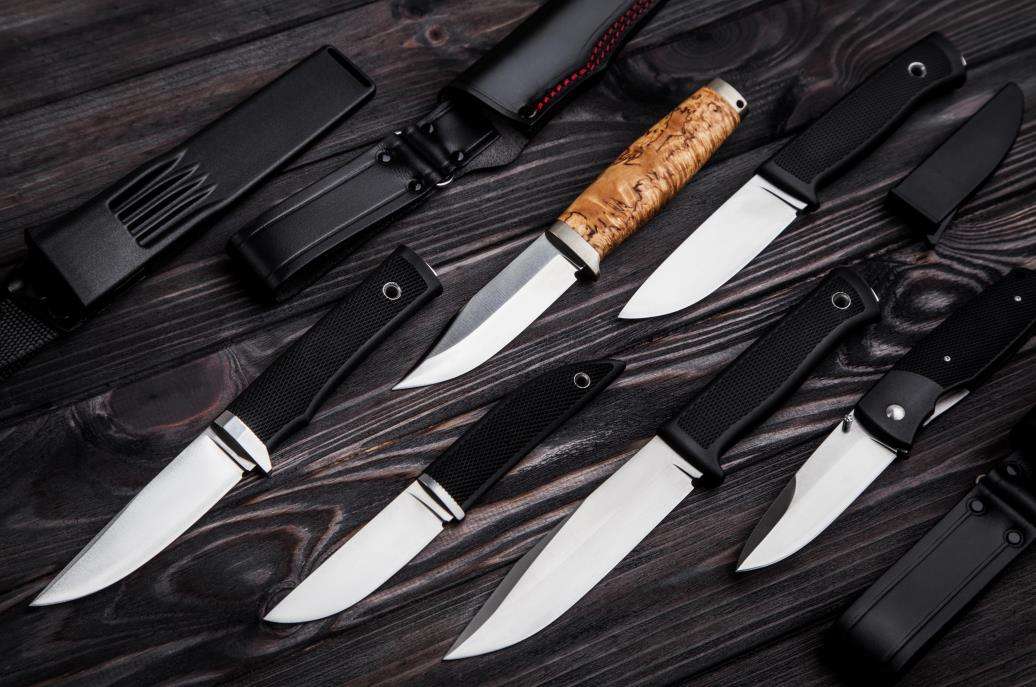
154CM is affordable and utilized in various types of knives. The traits a knife gets from 154CM steel can make a good kitchen knife. However, its wear resistance next to toughness, corrosion resistance, and edge retention enable it to be a more helpful candidate for outdoor knives.
The market also approves this. A quick search on Google reveals more pocket, tactical, and EDC knives than kitchen blades.
If you’re selling knives for more outdoor use than indoor ones, 154CM is one of the best knife steels you can consider. It’s affordable and provides satisfying qualities, but it isn’t easy to machine.
The counterproductive machinability is primarily due to its large carbide volume, which also affects its sharpness. 154CM steel knives miss out on making fine slices, another reason it isn’t the perfect kitchen knife material.
154CM steel lead times
It takes a considerably long time to manufacture 154CM knives. The heat treatment requirements are the number one factor for this.
From annealing to tempering, driving 154CM steel to reach desired levels of its properties can take a few days. This alone can add up to the number of days you will wait for your order.
Luckily, we ensure fast turnaround times for our partners. No matter the steel, LeeKnives won’t take longer than the specified lead time for every product. The lead times with us have more to do with what kind of knife you want rather than the steel of your choice.
The services you want us to fulfill with your order also matter. For example, the customizations have a different time window for every product. Check the products listed on our catalogs to see lead times, or contact us with your questions.
Buy Wholesale Knives and Start Scaling up with Us Today
Contact us and connect with a sales rep to get a free quote.
Conclusion: is 154CM steel good for knives?
154CM makes an excellent knife for anyone looking for a blade that stays sharp for long with sufficient corrosion resistance and durability.
Sure, 154CM is not super steel and is far behind the premium options. It’s more for the average user. 154CM can please anyone that doesn’t demand constant use.
The following list of pros and cons summarizes the primary features of 154CM discussed in this article.
Pros
- Proper edge retention and wear resistance.
- Affordable pricing for the properties it offers.
- Ideal steel for forging blades of all kinds
Cons
- Underperforming toughness.
- Not the easiest steel to work with for knifemakers.
- Sharpening can take time with a standard grit whetstone.
Looking for insights into other knife steel? Find the characteristics of the most prominent options from here. Send us a message for any of your sales queries, we are always here to help.
